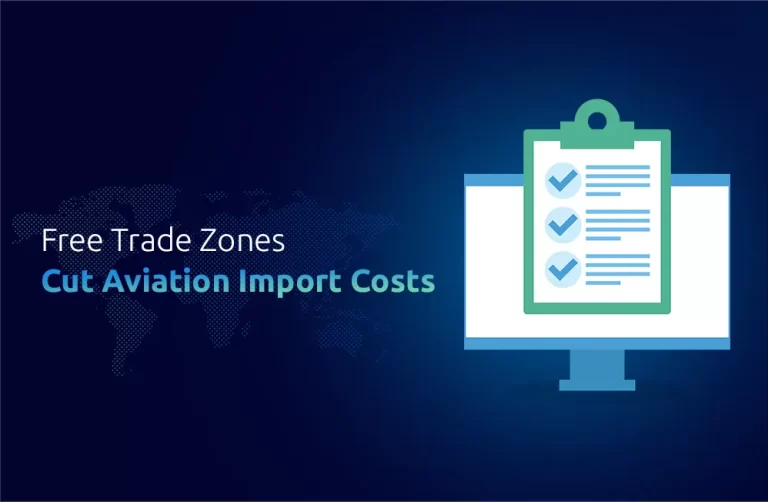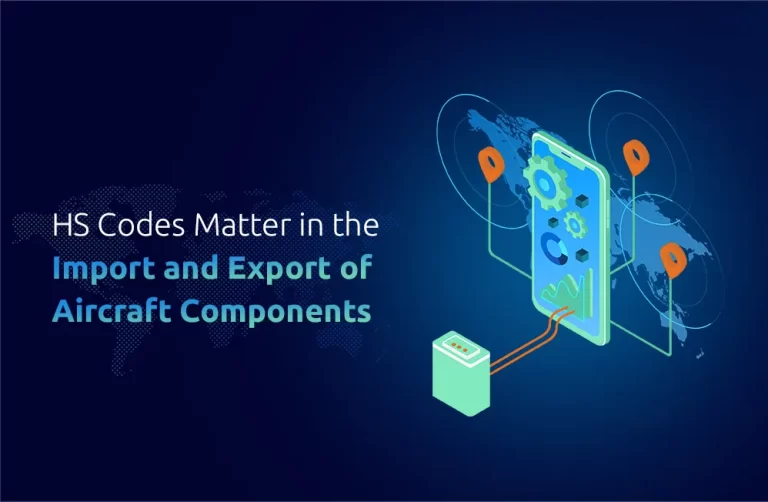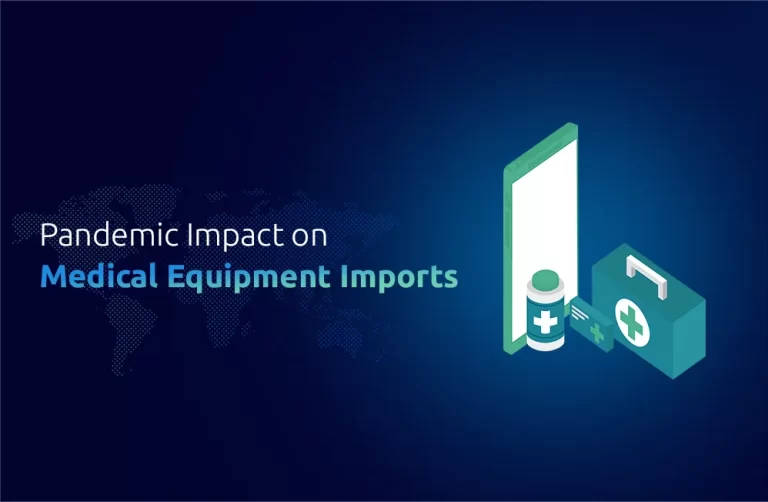To maintain competitiveness and efficiency in the ever-changing warehouse management industry, firms need to keep abreast of emerging trends and technology. We are halfway into 2024, and already, several game-changing innovations have begun to alter the warehousing industry.
If you are a warehouse manager or company owner trying to stay ahead of the competition in a dynamic industry, you will want to familiarize yourself with these developments. Let us dive in right now!
Distributed Data Storage
Multi-user warehousing is replacing the older, more customary kinds of storage that served a single customer or was developed from the ground up. To cut down on operating and labor costs, businesses may benefit from the adaptability that multi-tenant buildings provide. Because of this, tenants may negotiate shorter, more adaptable leases than the standard multi-year agreements required of single-tenant warehouses.
Utilizing A Vertical Layout For Storage
The high cost of real estate is a problem for warehouses located in major cities and metropolitan areas. Because of the boom in business, additional room is required. Racks and vertical carousels provide a viable solution for this issue. In addition, this helps provide economies of scale. It makes economic and practical sense for warehouses to invest in their employee’s education and training now that they have seen the light.
Reduced Energy Consumption
Finally, when growing energy prices cut into profit margins, it becomes crucial to maximize energy efficiency. Modernizing conventional equipment, albeit a significant financial expenditure initially, may not only assist in optimizing energy consumption but also make operations more efficient. Skylights to let in natural light and rooftop solar panels are just two examples of the environmentally friendly technology warehouses use in response to the threat of climate change.
Environmentally Friendly Storage
Sustainable practices are used in warehouses to meet the increased demand for environmentally friendly operations. Energy-efficient technology, recycling and waste-reduction campaigns, and environmentally friendly packaging options all fit into this category. Sustainable storage not only minimizes environmental effects but also promotes company perception.
Improvements in Warehouse Design and Layout
Optimizing the form and layout of warehouses to increase productivity will be a major priority in 2024 and beyond.
Data Visualization and Digitization
The warehouse industry has not been immune to the exponential growth in data caused by the emergence of online commerce. Fortunately, introducing new technologies like big data, artificial intelligence (AI), machine learning, digitalization, and visualization provides logistics organizations a chance to overcome the current supply chain difficulties.
Warehouses increasingly use predictive and prescriptive analytics to sift through massive data sets, identify patterns that provide valuable insights, and improve business choices. To do things like predict demand during peak seasons, locate and eliminate bottlenecks in the supply chain, and improve organizational decision-making, they handle massive amounts of data and use machine learning and AI. Some examples of state-of-the-art methods that may be used to improve warehouse efficiency are digital tracking systems and data analytics.
Small-Scale Distribution Facilities Taking Off
The difficulties that e-commerce warehouses experience with timely order delivery have led to the rise of micro fulfillment centers (MFCs). For this reason, MFCs have become more popular as online shopping continues to grow in prominence. The compact nature and convenient positioning of MFCs in congested regions are among its main benefits. Because of their proximity to customers, shipping times may be shortened, and expenses can be cut in half. Furthermore, MFCs are less expensive to construct and maintain than conventional warehouses since they need less square footage and are simpler to automate. This allows MFCs to optimize their operations and respond to the needs of a dynamic market by using cutting-edge technology like robots and artificial intelligence.
Multi-function centers (MFCs) also provide more leeway when fulfilling orders from different stores or brands. This allows businesses to eliminate excess stock while still offering a diverse selection of goods to their clientele. In addition, MFCs are readily replicable, so businesses may adapt to shifting market demands by increasing or duplicating production. In conclusion, MFCs are becoming more desirable for warehouse owners and managers because they provide a low-cost, high-efficiency answer to the problems associated with the final mile of delivery.
Wrapping Up
Finally, 2024 warehouse trends are going to completely alter how companies manage their warehouses and their supply chains. AI, IoT, robots, and automation are some cutting-edge technologies that may improve warehouse operations and make them more flexible and responsive to customers’ needs. Additionally, implementing green and sustainable practices will aid in decreasing the environmental effects of warehouses.
Warehouses will continue to evolve in response to these changes, providing opportunities for businesses to gain a competitive advantage, boost customer happiness, and fuel expansion. It’s an exciting moment to be in the warehouse business, and companies that adapt to these changes will be in the best position to take advantage of the global economy’s fast evolution.










